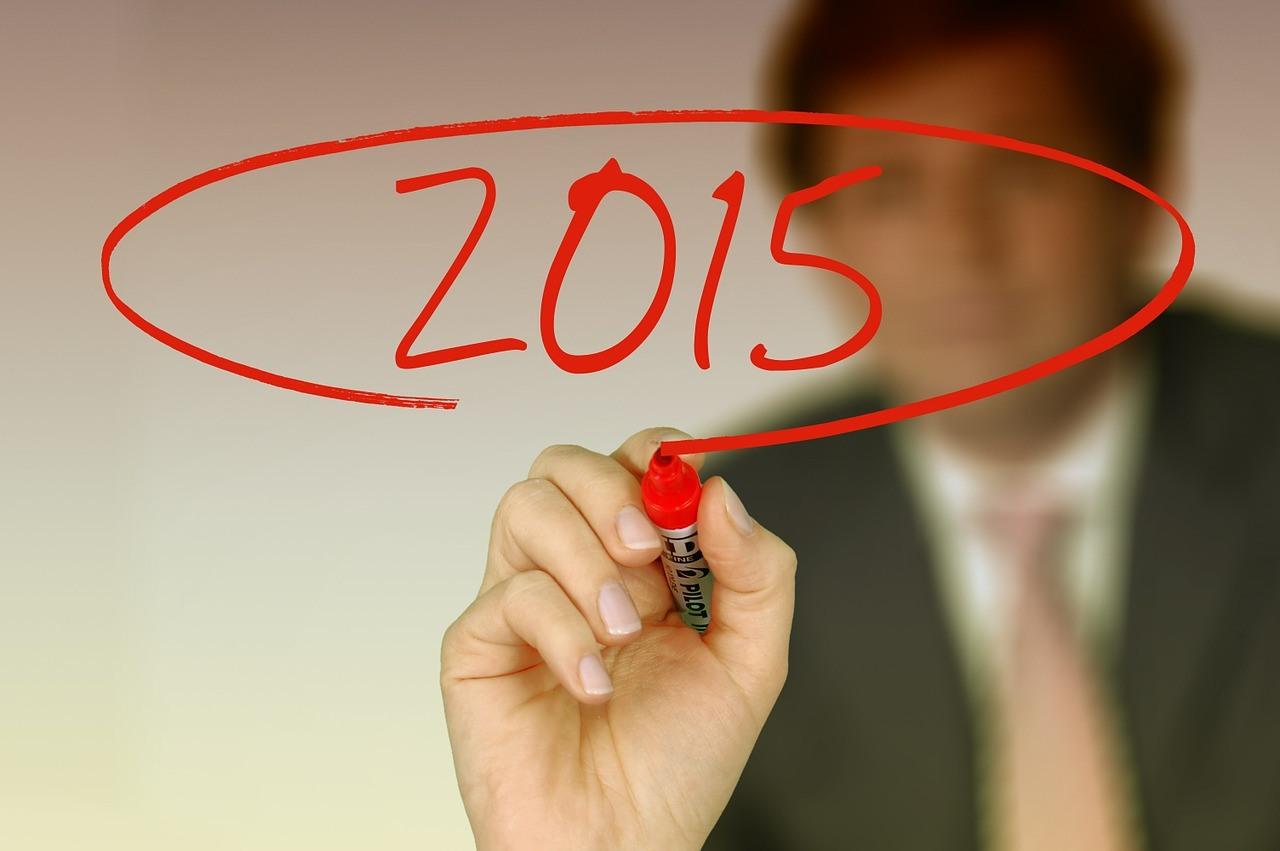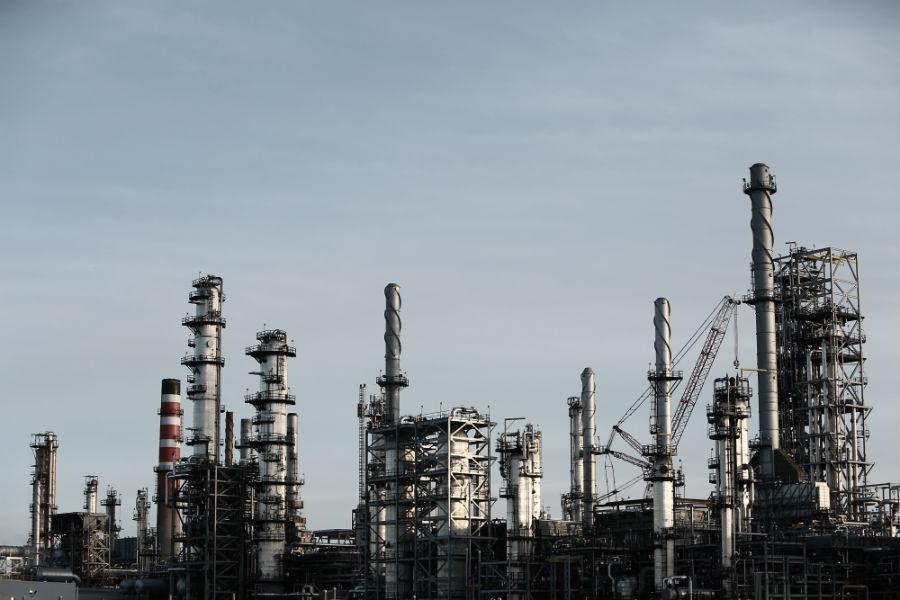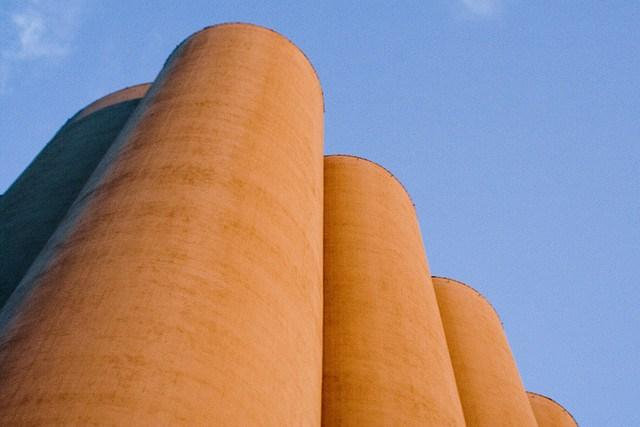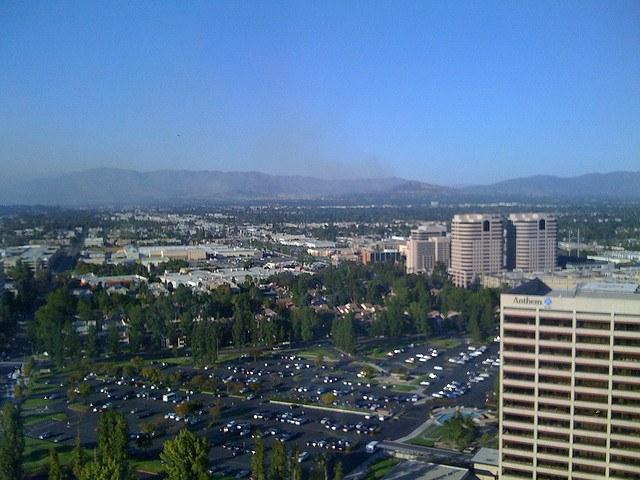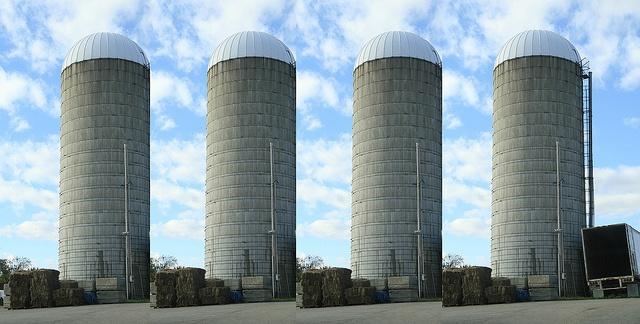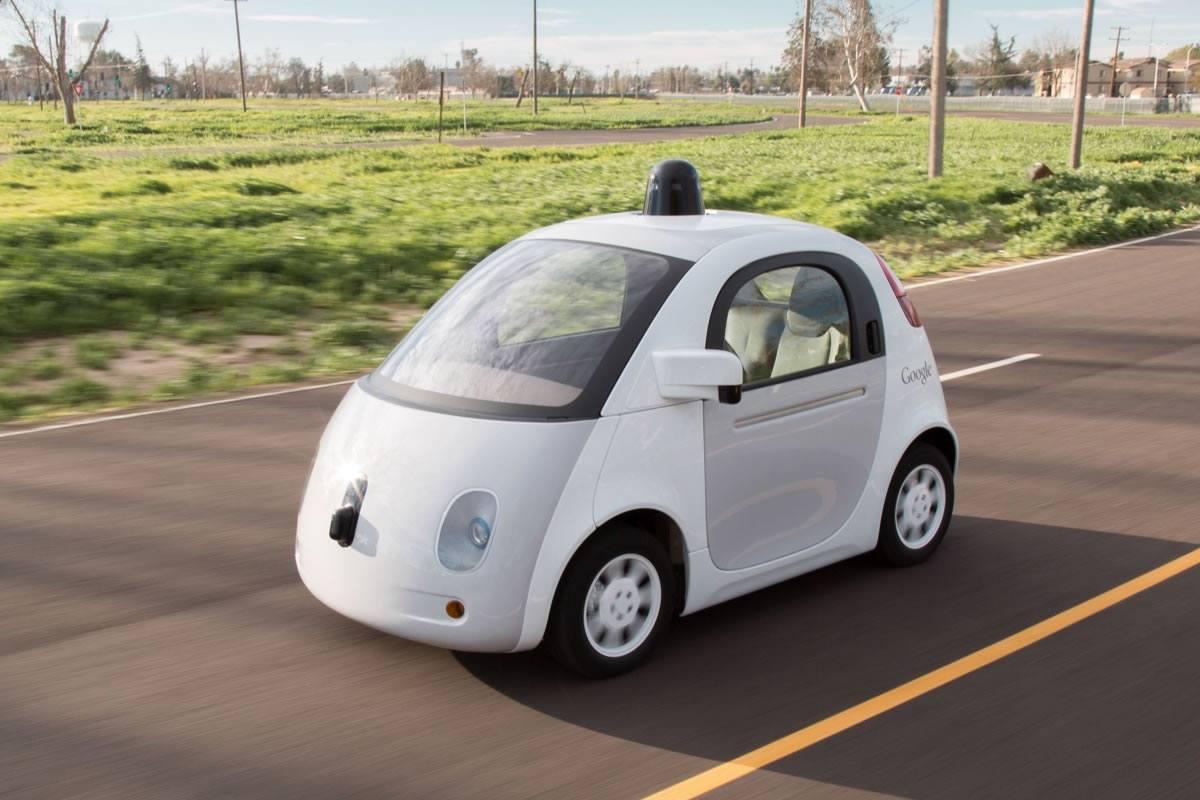The Best Job in the World?
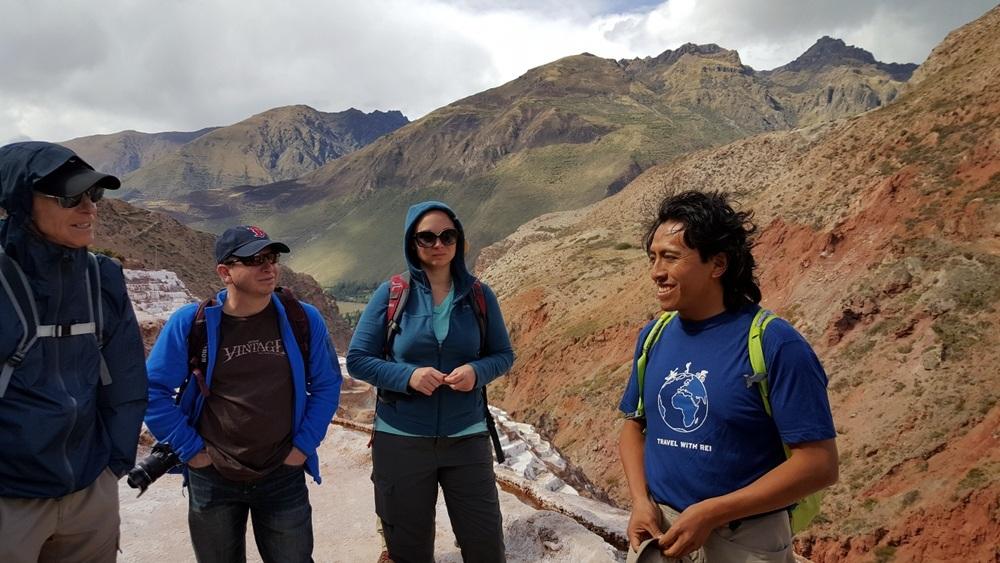

Let me start out by saying that I have a pretty awesome job: the kind of job that lets me learn new things every day, impact causes I care about and even get paid to hike in Peru. But the local guides who lead curious travelers along those cliffside trails through ancient ruins may just have me beat.
In Peru, tourism is a historic and lauded career path. As Ernesto Ore, lead guide for REI Adventures' Sacred Valley tours, pointed out: Tour guides have worked in Peru since Incan and pre-Incan times, and children learn about the profession as early as elementary school.
Locals must attend college for five years to gain certification to work as a guide. They're required to learn one foreign language, usually English. But many, like Ore, choose to learn more (he speaks five languages, including English, German and Italian).
Most guides work on a quasi freelance basis, often contracting their services out to several local tour operators. For responsible travel companies based outside of the country, arguably the only way to go is to partner with one of these in-country operators, as this ensures tourism dollars reach the local economy. REI Adventures takes things a step further by partnering with local operators, then hand-picking guides who have a love for outdoor adventure.
Ore, one of 318 local guides REI partners with around the world, said he first decided to become a tour guide in primary school. At a cafe in Cusco, I asked him if his career path was all he expected it to be. "It's actually more than I expected," he replied with a smile. "Being a local ambassador for visitors, it's a nice feeling."
Like many REI guides, Ore has a long history with the company. For 10 years, he's trekked the Sacred Valley and Machu Picchu with around eight REI tour groups a year, but he says it never gets old. "I'm happy to share my culture," he told me, "and I think I have the best job in the world."
Making outdoor careers possible
REI Adventures is selective about its partners, focusing on operators that emphasize ecotourism and the outdoors. "We really seek out companies and guides that align with REI's values, and it makes a big difference in the experience," Cynthia Dunbar, general manager of REI Adventures, told TriplePundit. "We have a long-term philosophy around really working with people who live in, love and know the places we visit like the back of their hands."
In turn, guides say the outdoor company is open to advice and feedback to further improve the experience for travelers. "We can recommend something and make suggestions," said Marco Serrano, an assistant guide for REI Adventures' Sacred Valley tours. "And they will listen."
Serrano, 25, is fairly new to the biz and has only been guiding for two years. But he told me he's already hooked, adding that the career allows him to "work outdoors" and "show people the culture" -- two things he loves to do.
This is really what it's all about, Dunbar told 3p: "helping build community, whether it's through your professional career path, whether it's your passion in the outdoors, whether it's supporting the outdoor community through our nonprofit, [REI] is really committed to all the ways that people can get outside and supporting them in a positive way."
"I can't say the number of times I've been with guides and they just look and me, smile, turn around and say, 'How do you like my office?' And you're looking at this beautiful mountain or vineyard or wherever you happen to be hiking, biking or climbing. It's pretty cool."
Full-scale employee engagement
Every year, REI calls on its field partners, along with employees, co-op members and customers who have taken an REI Adventures trip, to nominate their top local guides of the year. Using a rating system that weighs customer reviews, seniority and other factors, the company then selects five to seven guides for the year's top brass -- which carries a host of awesome perks along with bragging rights. Dunbar and Ore, who was voted a top guide in 2014, explained further.
Top guides are flown to REI's headquarters in Seattle, where they meet with company executives and, of course, get outside for outdoor activities in the area (Ore's highlight was a hike on Mount Rainier). REI rents a house so all of the guides can stay together, and helps them secure visas and travel documents if necessary. Each guide also receives a gift card and employee discount to shop at the outdoor gear company's Seattle store. The trip culminates with a celebration at REI's flagship store, where execs present guides with their awards in front of a crowd of co-op members and loyal REI customers.
Although these hardworking men and women spend their lives showing travelers their hometowns, many don't have the cash or spare time to travel themselves, especially to the U.S., Dunbar told 3p. "For several of them, it's their first time out of their home country."
While it may seem simple to some, REI Adventures' interactions with its in-country guides represent a case study in full-scale employee engagement. While engagement within a company's own four walls is now a must-have, most firms don't bother to think about contractors and other stakeholders. Forward-thinking companies, both inside and outside of the travel industry, would likely do well to take notice and consider what they can do to engage and reward employees and contractors all the way down the supply chain in 2016.
Image credit: Mary Mazzoni

